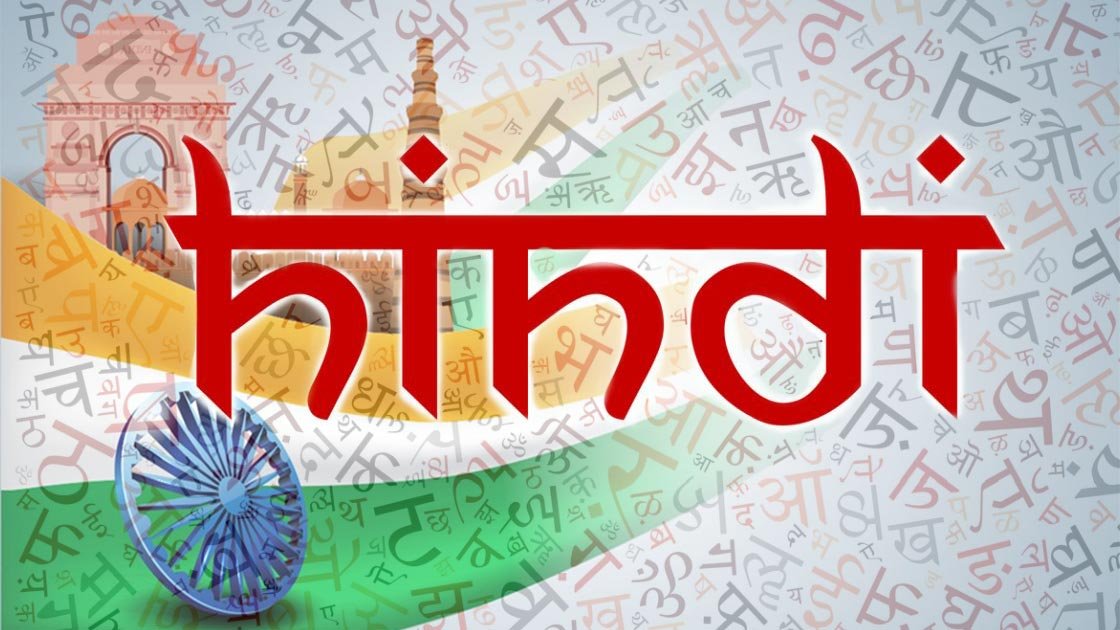Linguistic policy should not be driven by a politics of identity.
A statement by Purushottam Das Tondon in 1949 neatly captures the major problem that saddles any discussion on linguistic policy in India — looking at language only as a marker of identity. Speaking at a public meeting, he declared: “Those who oppose acceptance of Hindi as national language and Nagari as the national script are following the policy of anti-national appeasement and are catering to communal aspirations.”

The debate in the Constituent Assembly on language was marred by extreme positions.
The debate in the Constituent Assembly on language was marred by extreme positions. As Glanville Austin notes in The Indian Constitution: The Cornerstone of a Nation, while the moderates wanted the issue to be resolved by consensus, the extremists were willing to push through the imposition of Hindi even if they could secure a majority of one vote. That the Constitution does not speak of a “national language” was deliberate. Instead, the term “official language” was used in Article 343 as a tactical euphemism to avoid friction amongst different linguistic communities.
There were bitter contestations on the definition of Hindi and the sources of its vocabulary. Some leaders argued for new words to be coined from a Sanskrit base to deal with modern requirements instead of assimilating words from other languages. Ravi Shankar Shukla insisted that Hindi’s source of learned terms can only be from Sanskrit. There was resentment against Urdu as an influence on Hindi. The more popular term at that time, “Hindustani”, stood for a confluence of linguistic and cultural influences from different traditions.
However, the scars of Partition damaged the discourse on language. The compromises in this respect can be seen in the text of Article 351, which talks about the promotion of Hindi, mandating the state to promote Hindi so that it serves as a medium of expression for the “composite culture” of India. This appeased those uncomfortable with the imposition of a Sanskritised Hindi. On the other hand, Article 351 also mentions that Hindi shall draw its vocabulary primarily from Sanskrit. There were also a tussle on the official form of numerals to be used amongst “Arab Numerals”, “Nagari Numerals” and “International Numerals”, which finally led to a compromise in the expression “international form of Indian numerals” in Article 343.
The defining feature of the debate in the Constituent Assembly was merging the issue of language with that of national identity. At some level, this sentiment is understandable in the context of those times. India was gaining freedom after centuries of suppression and some leaders were eager to carve a national identity of a similar texture to that of the Euro-centric experiments of nation-states. English, being the language of the English colonialists, was not acceptable to many. Multilingualism was deemed incompatible with the fervour of national unity. While the sentiment of forging a national identity may be laudable, language was a poor choice of medium for such a project in a multicultural society.
As a functional tool, language inherently serves a communicative function. It enables us to transfer knowledge and ideas, and serves to transmit cultural heritage and preserve historical memories. Multilingualism should be an aspirational value. This spirit of aspiration ought to inform the design of linguistic policies in multicultural societies. On average, we interact more frequently with people from diverse linguistic backgrounds than our ancestors. Language should be looked at as an important skill to operate in a world which is more connected today than at any other point in time. This is not to contend that our linguistic heritage should be neglected or trivialised.
The problem we faced at the time of drafting the Constitution, as we face even today, is that the approach towards linguistic policy seems to be driven more by the politics of identity than values of aspiration or accommodation. The primary argument in favour of Hindi has been reduced to assertions of slim majoritarianism. Even then, there are concerns about the claim based on mere numerical strength, as only 25 per cent of Indians seem to recognise Hindi as their mother tongue (Census 2011).
Language, used as a political weapon, can be divisive and chauvinistic. It can be used to create hierarchical identities and unequal power dynamics. When we look at languages primarily as markers of identities, we build barriers to acceptability. People begin to assert linguistic supremacy, resist learning a language which they perhaps would not have objected to otherwise.
It is essential to move the discussion away from the binaries of Hindi and non-Hindi camps. The issue which merits attention is the manner in which linguistic policies ought to be designed in a multicultural society. Should linguistic policy is to be built on chauvinistic underpinnings or on practical concerns? Should the country should have a single national language or multiple? How to select a national language from amongst the many that people speak? Should there should be a national language at all? What are the parameters for evolving an effective linguistic policy?
The linguistic diversity that India has to negotiate is without precedent. We started off on a wrong foot at the time of Independence by confining language as an issue of identity. We must learn to avoid the same pitfalls which have damaged our polity so deeply.
Written by: Rangin Pallav Tripathy
Source: Indian Express | September 24, 2019





